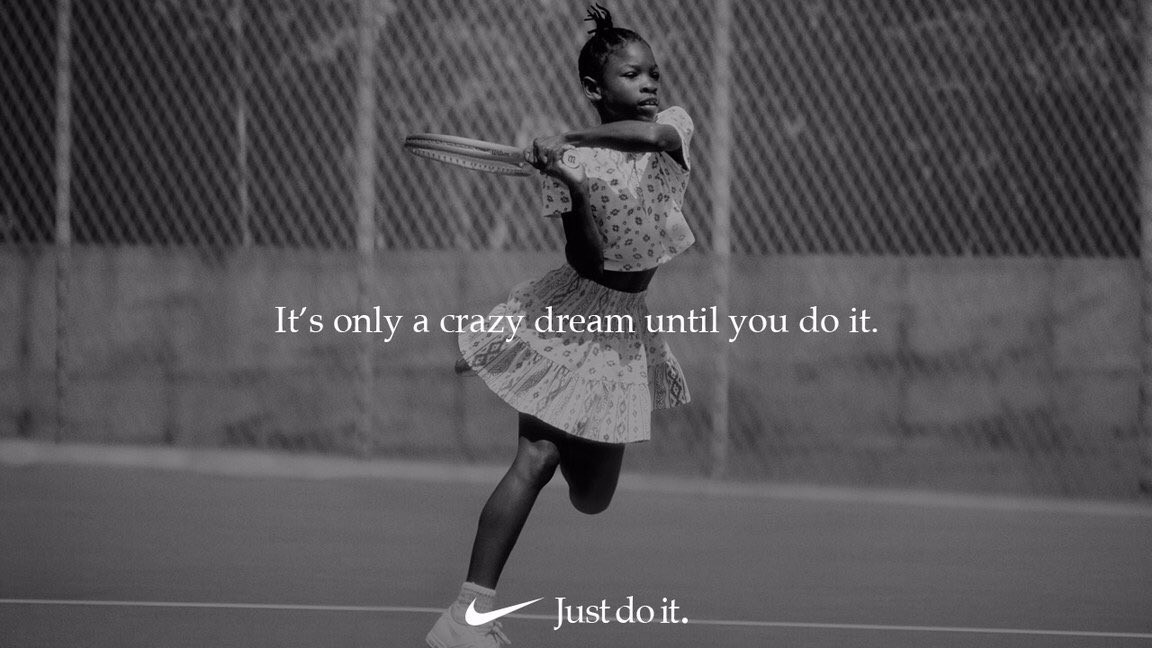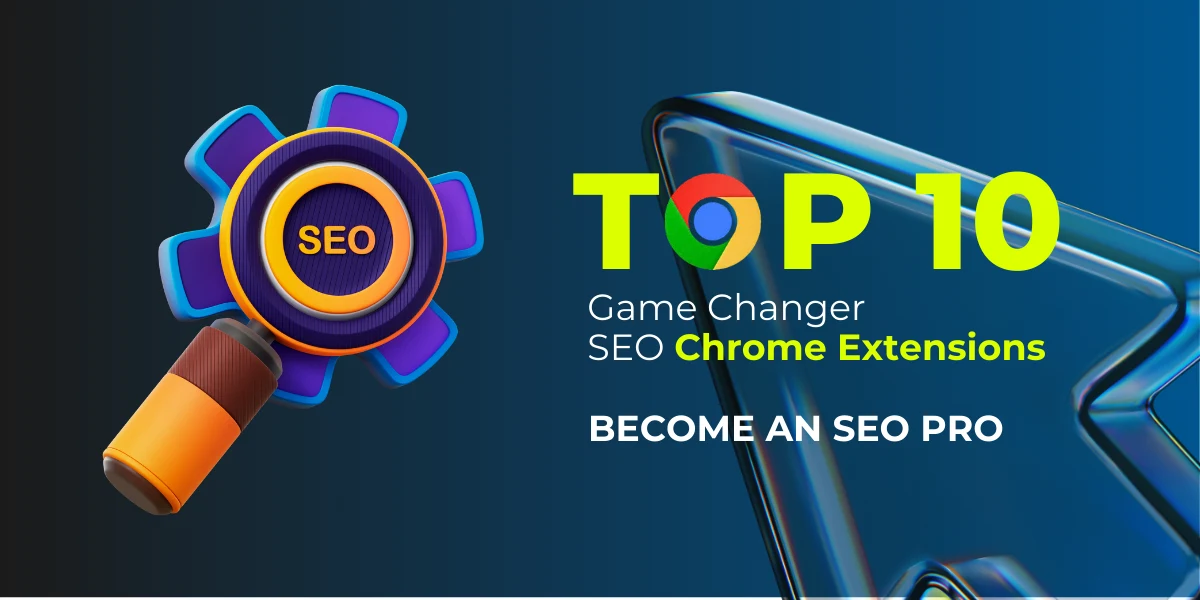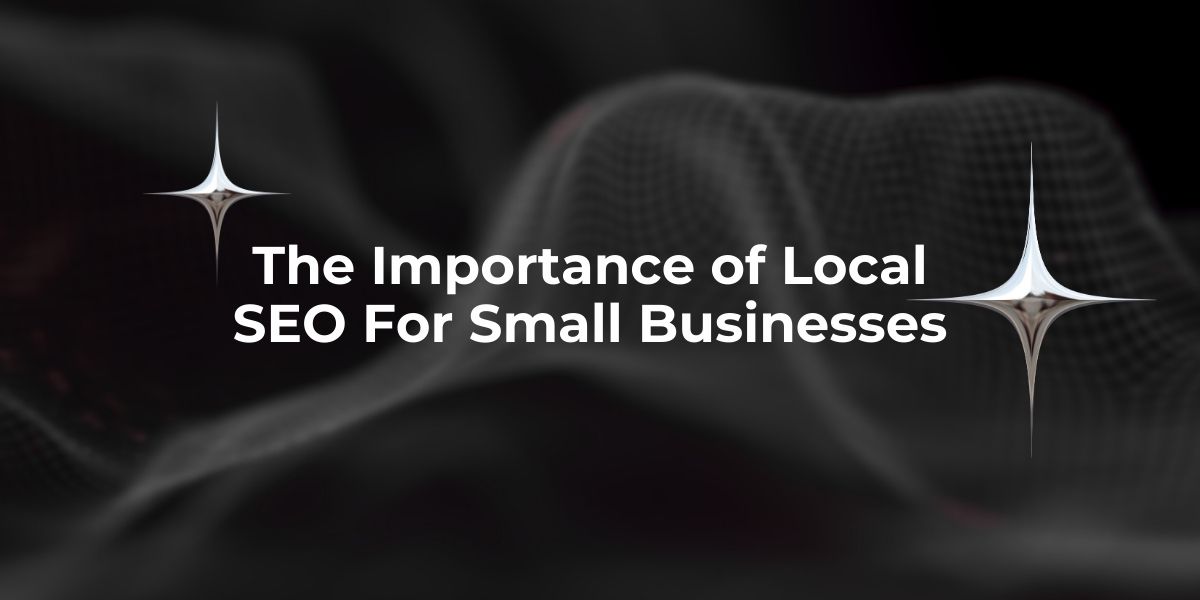
Direct Marketing vs Branding: A 2024 Perspective
In today’s fast-paced digital world, businesses constantly seek the most effective ways to engage customers, build trust, and drive sales. Among the numerous strategies available, direct marketing vs branding are two of the most prominent. Although both aim to capture and retain customers, they are fundamentally different in approach, execution, and outcomes. Understanding these differences can help businesses choose the best strategies for their goals.
In this blog expertly curated by Techsfi, we will explore direct marketing vs branding, with insights, trends, case studies, and FAQs to know which is right for your business in 2024.
What is Direct Marketing?
Direct marketing is a targeted and measurable approach that focuses on creating a direct connection with potential customers. The primary goal of direct marketing is to produce an immediate response from the target audience, whether it’s making a purchase, signing up for a newsletter, or filling out a form.
Examples of Direct Marketing Channels:
- Email marketing
- SMS marketing
- Social media ads with direct calls-to-action (CTAs)
- Telemarketing
- Direct mail
A 2024 Example of Direct Marketing:

Amazon’s recommendation engine is one of the best examples of direct marketing. Through data-driven insights, Amazon sends personalized emails with product recommendations based on users’ previous purchases or browsing history, often accompanied by limited-time offers. This strategy encourages users to act immediately, resulting in higher sales conversions.
What is Branding?
Branding, on the other hand, is a long-term strategy that focuses on building awareness, loyalty, and trust among consumers. It’s about creating a unique image and emotional connection with the audience that differentiates a company from its competitors. Unlike direct marketing, branding doesn’t push for immediate sales but focuses on shaping how people perceive a company.
Examples of Branding Channels:
- Social media presence (without direct CTAs)
- Content marketing e.g., (blog posts, videos, podcasts)
- Influencer collaborations
- TV commercials and online ads that emphasize brand values
- Public relations and corporate social responsibility (CSR) campaigns
A 2024 Example of Branding:

Apple remains a top-tier example of successful branding. Apple’s marketing campaigns often emphasize innovation, quality, and simplicity, without necessarily pushing consumers to purchase immediately. By maintaining a sleek and consistent brand image across all its products and communications, Apple has built an empire based on consumer trust and loyalty.
Top 8 Key Differences: Direct Marketing vs Branding
| Aspect | Direct Marketing | Branding | ||
| Objective |
|
|
||
| Timeframe |
|
|
||
| Targeting |
|
Targeted but often broader, aiming for overall market awareness. | ||
| Communication Style |
|
|
||
| Measurement |
|
|
||
| Call to Action (CTA) |
|
|
||
| Customer Relationship |
|
Long-term, focused on emotional and trust-based relationships |
Statistics and Trends in 2024
Direct Marketing:
- According to a 2024 report, email marketing delivers an average ROI of $42 for every $1 spent, making it one of the most cost-effective direct marketing channels.
- SMS marketing has grown by 40% in the past year, with response rates up to 45%, showing its rising popularity as a direct communication tool.
Branding:
- A study by Edelman (2024) showed that 80% of consumers prefer to buy from brands that reflect their personal values and beliefs.
- Coca-Cola’s global brand value is estimated to be over $80 billion, largely due to its consistent focus on branding over several decades.
Why the Difference Matters for Your Business
Choosing between direct marketing vs branding or finding the right balance between both depends on your business goals.
- If you’re launching a new product or service and need immediate traction, direct marketing may be the best approach.
- If you’re building a brand for the long haul, focusing on reputation and trust, branding will be more beneficial.
In practice, successful companies often blend both strategies. For instance, Nike combines branding with its long-term “Just Do It” campaigns, while simultaneously using direct marketing strategies like personalized email offers and targeted social media ads to drive conversions.
FAQs
1. Can I use both direct marketing and branding for my business?
Absolutely. Most businesses benefit from integrating both strategies. Direct marketing drives short-term sales, while branding helps build long-term relationships.
2. Which is more effective: direct marketing or branding?
It depends on your business goals. Direct marketing is ideal for quick sales and measurable results, while branding is better for creating a lasting market presence.
3. How can I measure the effectiveness of branding?
While branding isn’t as easy to measure as direct marketing, you can track metrics like brand awareness, social media engagement, customer loyalty, and net promoter score (NPS).
4. Is direct marketing only suitable for B2C businesses?
No, direct marketing can be equally effective for B2B businesses, especially through channels like email marketing, LinkedIn ads, and direct mail.
Conclusion ( Branding vs Direct Marketing )
In 2024, direct marketing and branding remain crucial for businesses to understand. While direct marketing offers immediate, tangible results, branding focuses on building emotional connections with customers that yield long-term benefits. Both strategies are essential for sustainable growth, and by finding the right balance, businesses can achieve both short-term success and long-term loyalty.



